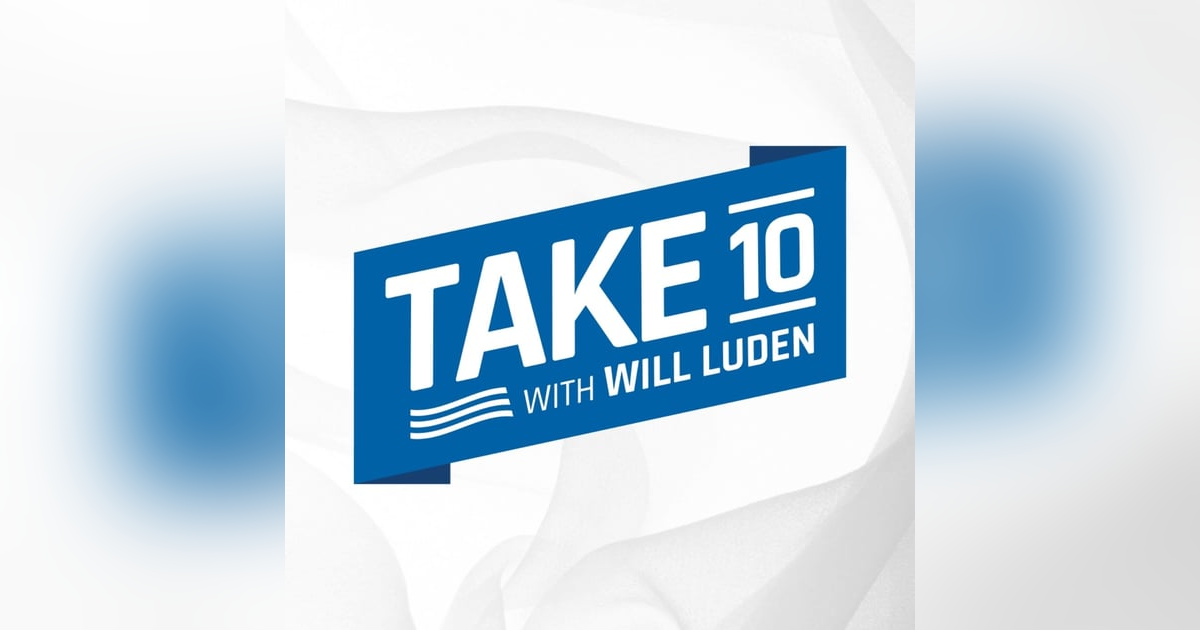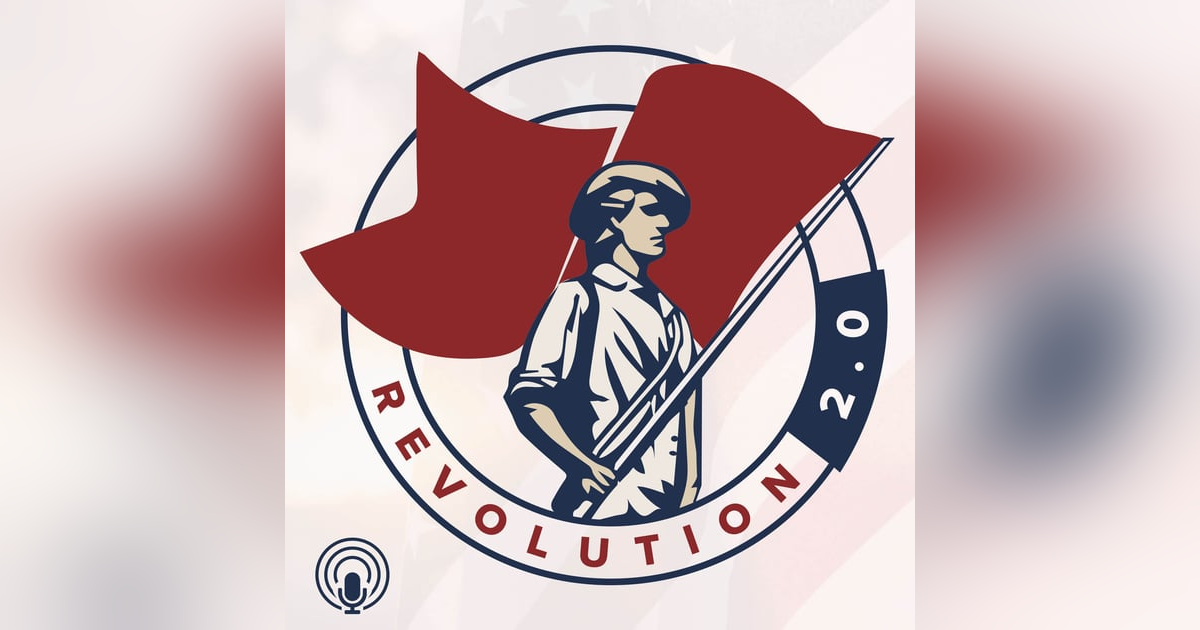
Sign up to get updates from us
By signing up, you agree to receive email from this podcast.

How To Fix Race Relations, Or Any Relationship. (EP.240)
Introduction
Here is the process:
This applies to everything from person-to-person relationships, race relations, and police and community relations. Trust is a 2-way street, with both sides being equally responsible. We will look at how that applies in today’s racial anger and confusion, but first we’ll look at some foundational principles.
That is the subject of today’s 10-minute episode.
Continuing
The key to fixing any relationship is to take 100% responsibility for the fix, to take 100% responsibility for making things better. Not 50/50 or 75/75; 100/100. Ideally both parties will step up to this level of responsibility. If the other party does not, then we do it–you do it. Let’s think about this for a minute. To the extent that you assign responsibility to others for whatever the problem is, it is to that very extent that you make yourself powerless. For example, if you think that you are 25% responsible for an issue, that makes the other entity 75% responsible. That clearly means that unless the other party changes, that 75% of the issue will never be solved. You have effectively given 75% of the power–your power–away. And we have 0% control over others, including changing them. We have 100% control over ourselves.
If you think that you are meeting someone halfway, I can guarantee you they feel that you are falling well short of that goal, while feeling they are doing far more than their half. From their perspective, your idea of half looks much smaller – perhaps like just a token gesture. So, instead of 50/50, let’s try 75/75. Yes? Won’t my 75% look at least like 50% to the other person? Maybe, but let’s take it up another notch; take 100% responsibility for finding a solution. What? One hundred percent? Q. What is this other person’s responsibility if I’m doing 100%? A. They subscribe to Revolution 2.0™, and take 100% responsibility also.
When you take all of the responsibility, your attitude changes toward the other person or group. And they will see it, and they will change along with you. Here is an important truism: When we change how we think about someone else, they change. This is well worth repeating: When we change how we think about someone else, they change. If you don’t believe me, try it. And try it like you mean it. Then comment and let us all know how it turned out.
Let’s apply this to race relations. Ready? Both sides take 100% responsibility for making things work. I can hear it now. “Whoa, Will, what are you talking about? One side has almost all of the responsibility because they have caused almost all of the problem!” My response to that is quick and clear, and it is not to assign either guilt or blame. I would ask, “Do you want to assign blame and guilt, or do you want to fix the problem?” That’s another way of saying you can be right, or you can make good things happen, but not both. Which do we want?
Let’s look at some specifics from both perspectives:
Trust is a 2-way street. Life is a 2-way street. Both sides have rights and responsibilities. Once we all get that, there will not be a police perspective and a neighborhood perspective; there then only one perspective. The perspective of committed American citizens, and contributing citizens of state and local communities. “Freedom consists not in doing what we like, but in having the right to do what we ought.” – Pope John Paul II
Contact
As we get ready to wrap up, please do respond in the episodes with comments or questions about this episode or anything that comes to mind, or connect with me on Twitter, @willluden, Facebook, facebook.com/will.luden, and LinkedIn, www.linkedin.com/in/willluden/. And you can subscribe on your favorite device through Apple, Google, or Stitcher.
If you liked today’s podcast, other podcasts or the revolution2-0.org site itself, comment, subscribe, and encourage others to subscribe with you. Each One Reach One will help spread the word about Revolution 2.0™.
Will Luden, coming to you from 7,200’ in Colorado Springs.